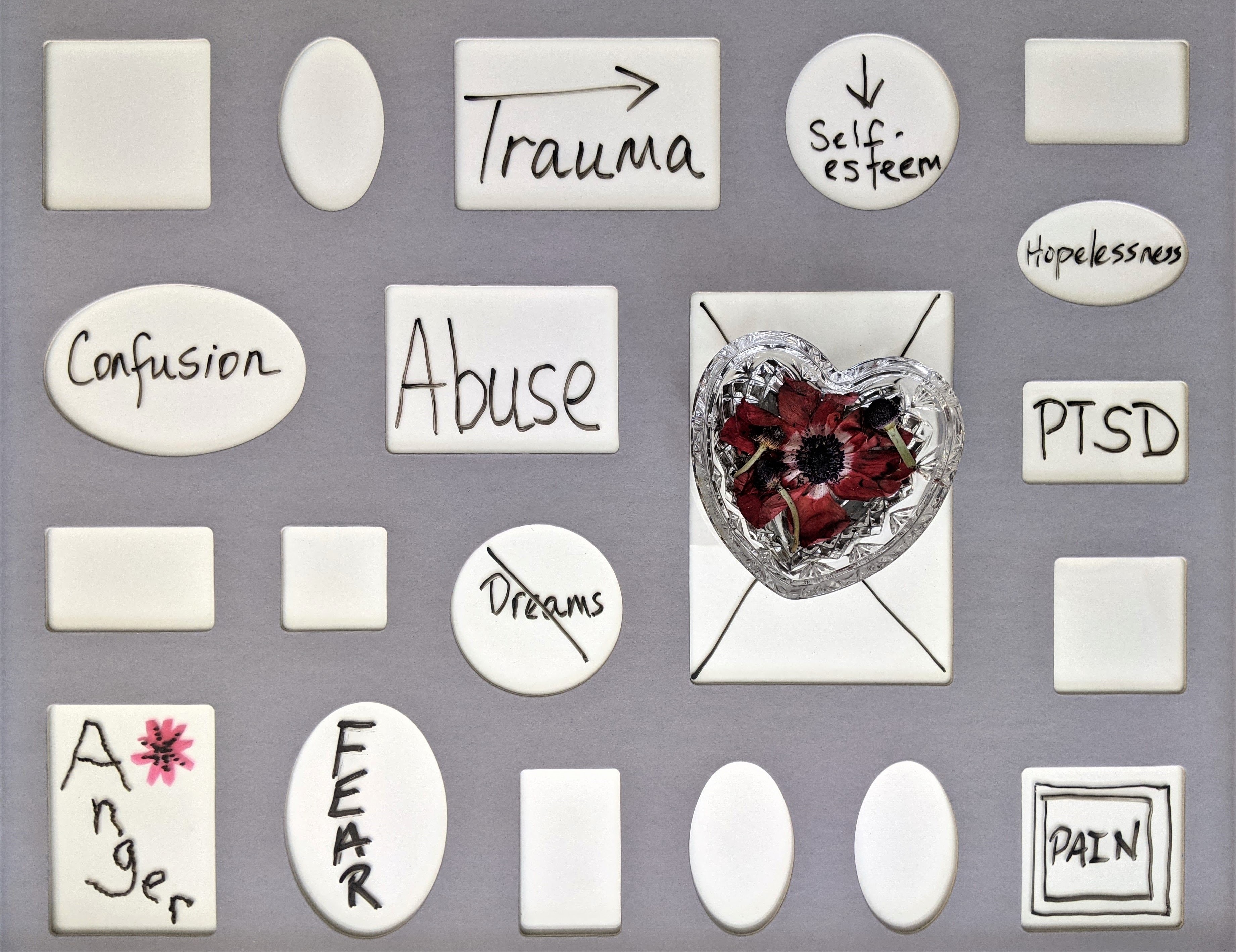

Attachment-Focused EMDR
Trained directly by Dr. Laurel Parnell I have completed parts I, II, & III (advanced EMDR training) as well as Laurel’s Attachment-Focused EMDR training course, which focuses on developmental repair and healing developmental deficits and adults abused as children. EMDR is utilized to address and treat both single incident and complex trauma, as well as anxiety, depression, grief, and many other types of trauma. I also utilize a variety of different EMDR techniques to enhance performance in both athletics and professional business settings. EMDR treatment is unique in that it is tailored to each individual and is both a collaborative and artistic endeavor that we work as a team to employ to move the mind and body towards its natural inclination to heal and find equilibrium and well-being.
EMDR (or Eye Movement Desensitization & Reprocessing) was developed by Dr. Francine Shapiro and is a powerful therapy modality utilized to treat both single incident and complex trauma and many of challenges related to the impact trauma has on people’s lives ranging from anxiety and depression to grief. The process of EMDR utilizes bilateral stimulation (alternating taps or sounds on each side of the body) in order to activate both the right and left hemispheres of the brain in order to integrate traumatic memory and body sensations as trauma are stored in the nervous system and often at the age it occurred. When someone endures trauma, the experience is stored on the right side (or emotional side) of the brain and therefore not integrated into the left side (or logical side) of the brain which makes sense of our experiences. EMDR helps integrate the experience of trauma into a coherent narrative that shifts a person’s experience of what happens and allows those traumatic memories and experiences to be placed in the proper file folders, which often creates considerable relief from their symptoms. Although EMDR is a powerful tool and can create dramatic improvements there is no timeline for EMDR work as each person’s experience and processing will be different and EMDR must first and foremost be focused on safety. Also, EMDR processing doesn’t work for everyone and some traumatic experiences are not a good fit for EMDR, especially for individuals that dissociate or have dissociative disorders. EMDR is multifaceted, artistic, and creative as well as collaborative and you will be directly involved in all decision making regarding the EMDR work that you endeavor into. Think of me as a guide who will swim next to your side by side into the ocean of your experiences who understands the currents and the safety needed to proceed and who will work with you collaboratively to help facilitate healing. EMDR is about unlocking the human capacity for healing and movement towards well-being through integration. This work can take time and patience and can often bring up difficult memories or experiences and must be done with great care.

